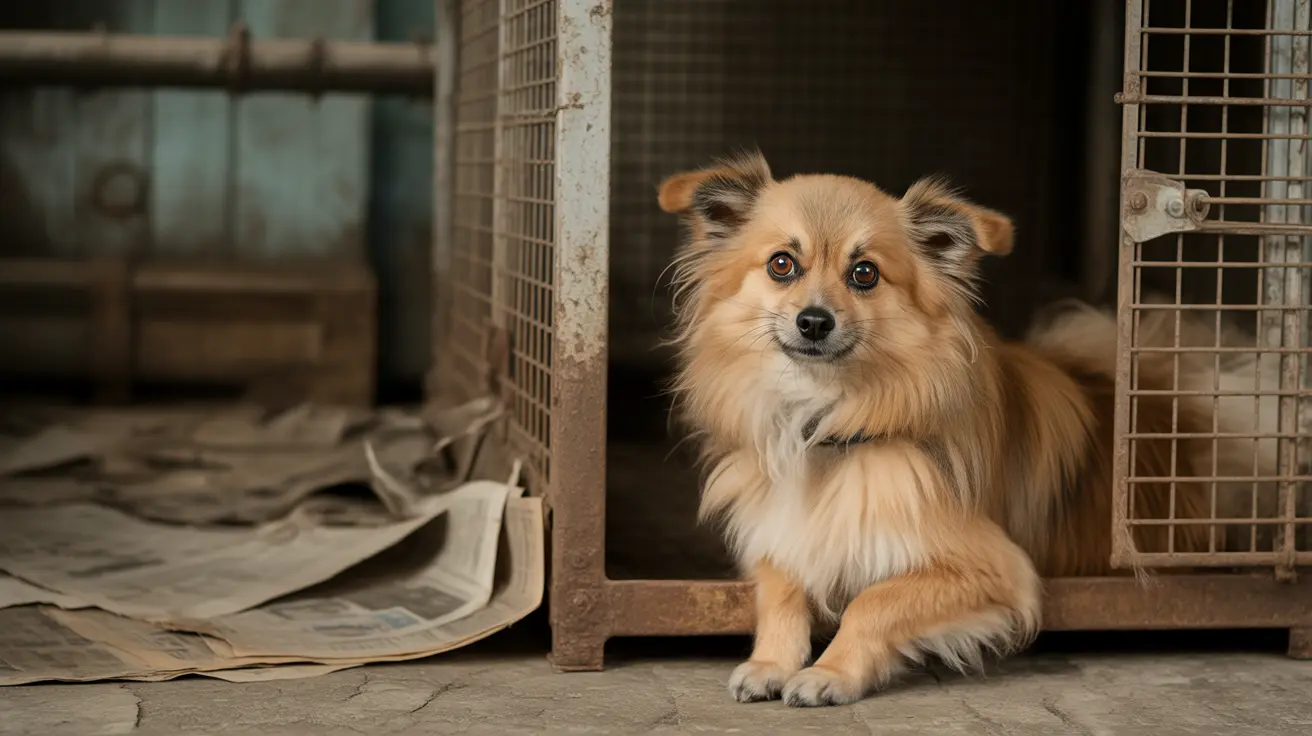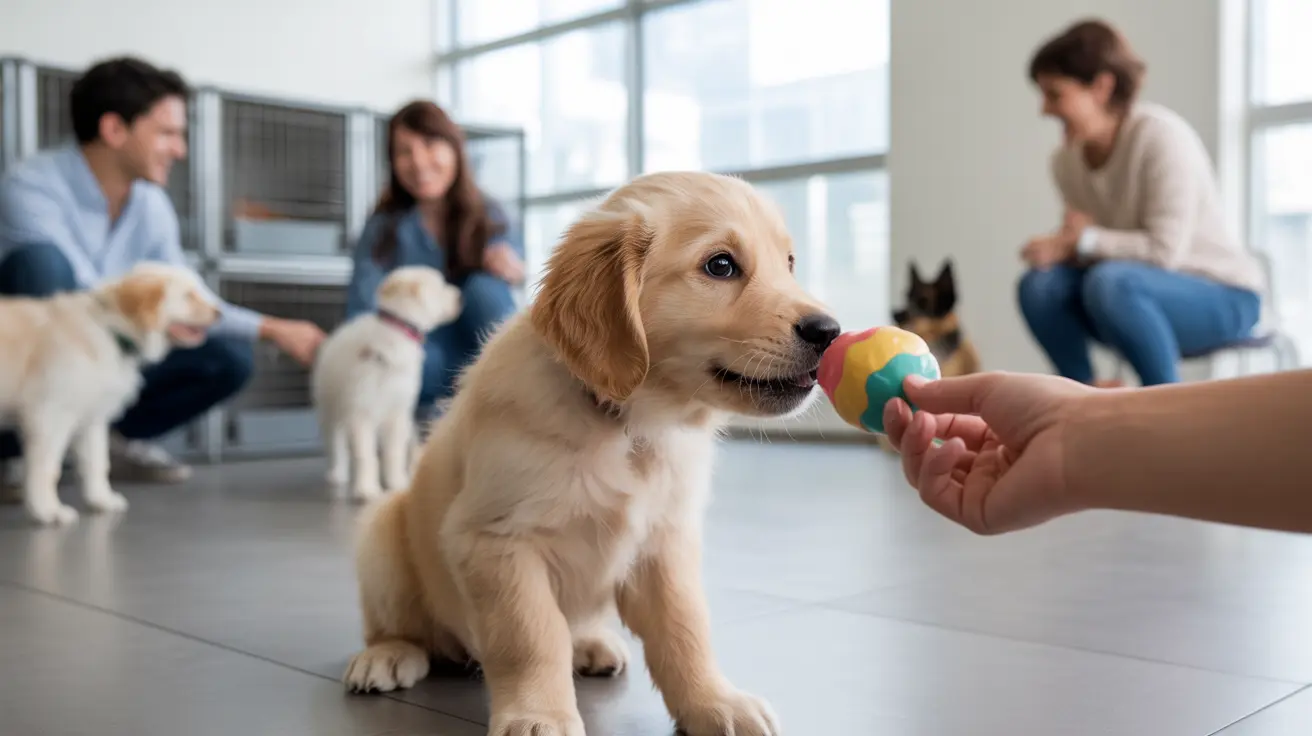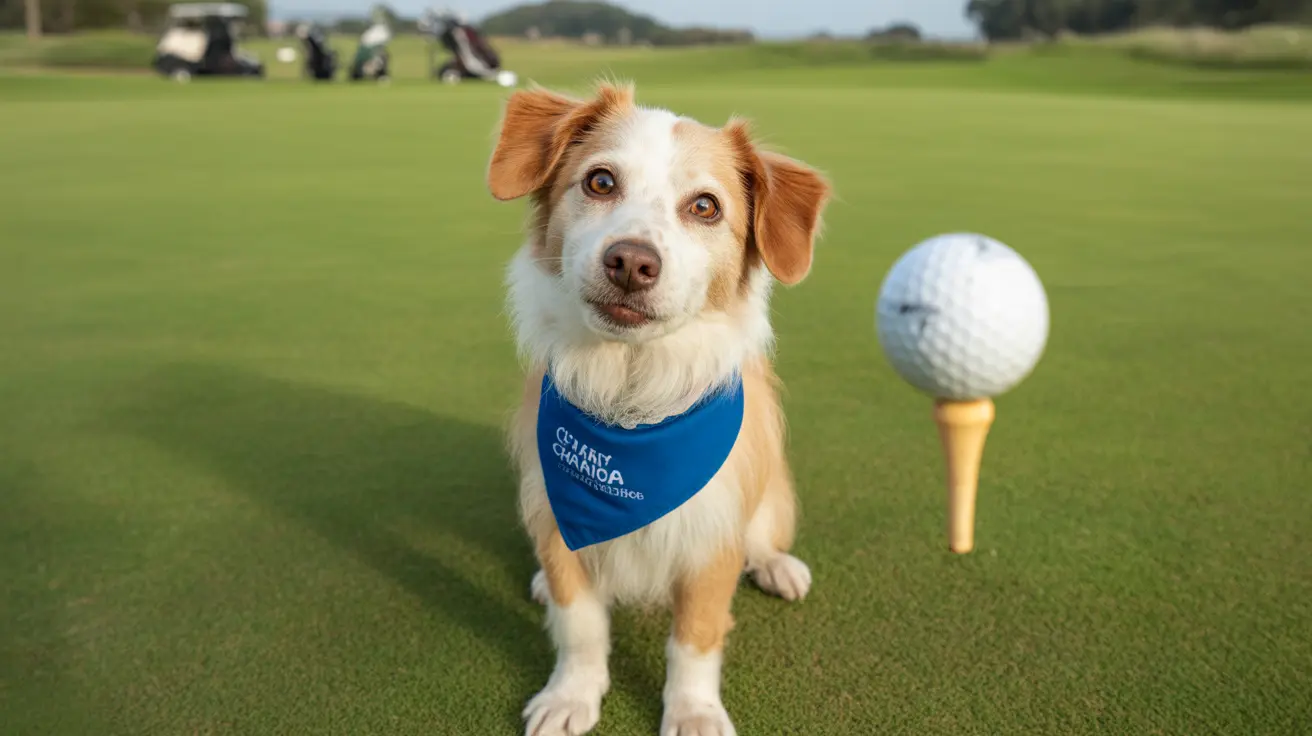How to Trim Your Dog's Nails Safely and Effectively
Nail trimming is more than just a grooming task—it's vital for your dog's comfort and health. Long nails can cause pain, splayed feet, reduced traction, and even deformities. But many owners feel uncertain about how to do it right. Let's break down the process so you (and your dog) can approach nail trims with confidence.
How Often Should You Trim?
Most dogs need their nails trimmed about once a month. If your dog walks frequently on pavement or concrete, you might be able to go longer between trims since these surfaces naturally file the nails. In contrast, less active dogs or those that avoid hard surfaces may need trims every three weeks.
- If you hear clicking on hard floors or see nails touching the ground, it's time for a trim.
- Dewclaws (the small inside nails) don't touch the ground and often overgrow—don't forget them!
Choosing Tools for Nail Trimming
There are several types of dog nail trimmers:
- Scissor style: Good for larger dogs or thick nails.
- Plier style: Versatile for various sizes.
- Guillotine style: Common for small dogs but can make it harder to judge where to cut.
- Nail grinders: Use a rotary file to gradually shorten and smooth the nail; helpful for thick or black nails but require care to avoid catching fur or skin.
Getting Your Dog Comfortable
The key is patience and positive reinforcement. Start when your dog is young if possible. If not, go slowly:
- Let your dog sniff and see the trimmers/grinder while giving treats.
- Gently handle their paws without trimming—reward calm behavior.
- Touch their paws with the tool before making any cuts.
- Clip or grind just a tiny bit at first; increase as they get comfortable.
If your dog is anxious, break sessions into short steps and always end on a positive note. Never force a fearful dog—negative experiences make future trims harder.
The Step-by-Step Trimming Process
- Prepare: Choose a quiet, well-lit area. Have treats ready. Enlist help if needed—someone can gently restrain or distract with food (a licking mat works wonders).
- Hold the paw: Keep your dog's paw close to its natural position to avoid discomfort.
- Identify the quick: For light-colored nails, look for the pink area inside—the quick contains nerves and blood vessels. Clip about 2–3 millimeters away from it. For dark nails, trim very small amounts off the tip at a time; watch for a chalky white ring or dark center as signs you're near the quick.
- Trim gradually: Take off little bits rather than trying to get it all at once. Praise and treat after each nail if needed!
- If you hit the quick: Don't panic. Apply styptic powder to stop bleeding; in a pinch, flour or cornstarch helps too.
Nail Grinding Tips
If you prefer not to clip, grinders allow gradual shortening and smoothing of nails (especially useful for black/thick ones). Be careful not to catch long hair in the grinder; dust can irritate, so work in a ventilated area or outdoors if possible.
Troubleshooting: Fearful or Difficult Dogs
- If your dog tries to bite or panics, slow down. Use treats and praise throughout each step.
- A second person can help by petting or feeding treats during trims.
- If safety is an issue, seek help from professional groomers or veterinarians—they can provide sedation if necessary.
The Importance of Regular Trims
The quick grows along with the nail; regular trims keep it short over time, making future maintenance easier. With patience and consistency—and plenty of rewards—most dogs learn that nail care isn't scary after all!





